In fact, even just jangling the coins in your pocket could cause you to lose the money you were checking. You'll have change alright, but I'm talking about the kind of change that means deterioration. The simple act of constantly jangling the change in your pocket, or passing those coins from hand to hand, repeated thousands, even millions of times over years, will cause those coins to become timeworn. If these coins were alive, we would refer to their appearance as haggard. They are old and exhausted, and it is time for them to be retired.
I mention these points to raise the issue of our topic today. Remember that pile of junk silver you bought for Y2K? So that you would have coins to barter with when the onset of the new millenia caused all the computers to go fritzie, erasing all financial records? The silver which, on the morning of January 1, 2000 you realized was essentially useless? And that you had paid a premium for? You weren't about to sell it back to the coin shop at a loss, so you decided to hang onto it.
Silver rose from a trough of $4.23 on July 17, 1997 to a peak $7.80 on February 6, 1998. Warren Buffet had bought 129.7 million ounces of silver bullion earlier, during the previous summer for his holding company Berkshire Hathaway. But the investing public didn't catch wind of the transaction until December, and then it was off to the races. Silver climbed more than fifty percent over the next two months before selling off again, nearly as rapidly, to $4.95 an ounce by May 29, 1998.

If you were fortunate, you began accumulating your Y2K silver on dips during 1999, when you could have purchased it - during much of March and April, and parts of May and June - for under $5.10 an ounce. Had you followed the herd of lemmings as silver was hyped as a must have commodity for the dire outcome foreseen, you would have paid as much as $5.70. 1999 was a volatile year, with four distinct spikes demonstrated thoroughout.

But come the new millenia, when it was found that TSHTF had not come to pass, silver proceeded to gradually sell off. Silver had proven to be artificially resuscitated by Buffett's paddles the year before, and now its heartbeat was absent. There was no ventricular fibrillation pattern as displayed in 1999. Silver seemed dead in 2000. It ground sideways the entire year, drifting slowly downwards in asystole. Flatline. It would continue this pattern for 23 months until it hit bottom on November 27, 2001 at $4.07 an ounce.
But then commenced a rally - slowly at first, then gradually gaining momentum - that has seen silver climb five times that height in an ongoing bull market that has not yet reached its climax.
As the price of silver rose, so did the magnitude of its pendulum swings from temporary apex to short-lived nadir. Silver almost touched $21.00 in March 2008 but, within six months had dropped below $9.00 on the heels of the October 2008 global hysteria. It has recovered from that blow and is renewing its energy for another try at the March 2008 highs.

So, having forgotten all about that stash of junk silver, aren't you glad, Roland, that you meant to sell it but never did? Maybe there's some good to procrastination after all? So why has silver been rising again, after years of moving sideways? You can thank Alan Greenspan for that, initially. The former Chairman of the FED, Greenspan was responsible for flooding the economy with easy money following the NASDAQ debacle of 2001. It takes awhile for money to find an asset it wants to ask out, but silver is finally going to the Prom, after real estate decided to stay home.
So now you've decided there's too much money floating around, and before you know it we'll have hyperinflation. You decide to haul out your cache of junk silver and inspect your collection of pre-1965 90% silver coins, perhaps with the intent of adding to it. But wait, what's this? As you pour out your sack of silver, you notice that some of the coins are bent, a few others are blackened as if they had been through a fire. You pick those out and set them aside; they're a bad influence and you don't want the filthy little buggers rubbing off on the bright ones.
You continue to pick through your silver, not really examining dates for numismatic rarities, but just daydreaming and thinking to yourself "what if silver goes up to $30,000 an ounce" like Jason Hommel thinks it could do when his brain is wound up tighter than Jason Statham in Crank? And then you begin to giggle in uncontrollable glee, unable to restrain your mirth as you imagine all your coworkers who mocked your silver purchases in the first place having to eat crow and worship you, in hopes that you'll adopt them and lift them from their hyperinflation-induced state of abject poverty to one of immeasurable wealth, epicurean delights, and carnal contortions certain to cause Caligula covetousness. But I digress.
You're looking at your coins and you notice that some of the older dimes - they look like Mercury's - are really worn down, you can hardly see the date. There's some Standing Liberty quarters that you can't see a date. You test the heft of these, and it sure seems like they're a lot lighter than some of the newer coins. You decide to include the coins that are really worn down so that you can hardly see the features with the ugly bent ones. And while you're at it, you decide to add to the pile any with bad scratches or paint on them.
Congratulations, you've just been initiated into the world of silver sifting. Since I christened this practice, I get to make the rules. Sifting silver is going through your cache of junk and removing anything that is inferior in any fashion. Survival of the fittest. Gresham's Law. Keep the best, forget the rest. The day will come when you want to sell some of your silver or, Heaven forbid, use it for purchases following a catastrophic worldwide economic breakdown. If that comes to pass, use your ugly pile first.
Selling your most worn coins now, can actually have beneficial financial ramifications for you later. At present prices, it won't be noticeable, but if you had a bag of older worn coins - such as Barber dimes, quarters, or halves - that were ten percent lighter than more modern silver coins, the day will come when your resale value will fall by a commensurate ten percent. Right now, junk silver sells for an assumed 715 ounces per $1000 face bag, but trust me, it won't remain that way once silver goes up by multiples. Silver will one day be sold by weight, not by face value.
Build a core holding of precious metals. Try to accrue several $100 face value bags of junk silver, and a few ounces of gold. Keep them close. Never entrust them to a safe deposit box. Banks may be forced to shut their doors just when you need them most. If you decide to take some profits, then sell your ugly pile. When silver subsequently dips, then pick up some newer silver on ebay. It's there. Find it. Buy it. Shampoo, rinse, repeat the process. Get rid of those ugly coins, and the puny ones. Now. Otherwise, when you decide to sell, you could go home a little light in the wallet.
Buy Silver. Buy Gold. Save Copper. Start Now.



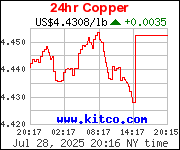


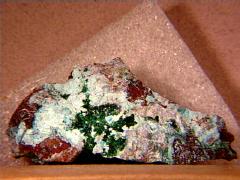

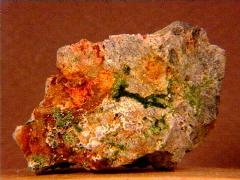
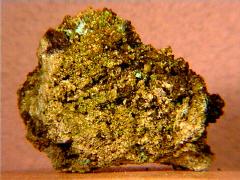
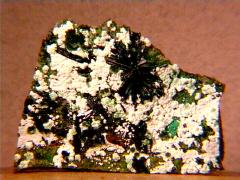
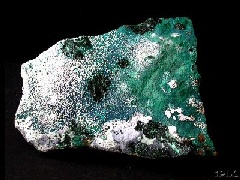


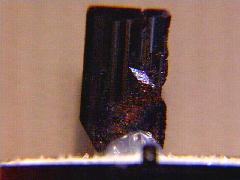
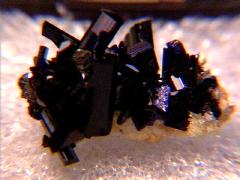
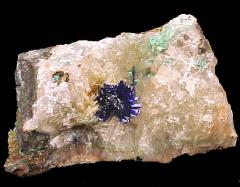


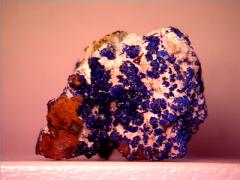






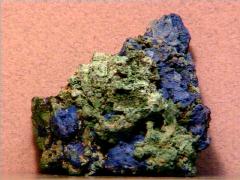

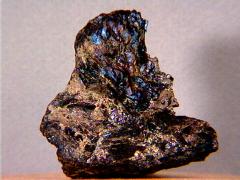




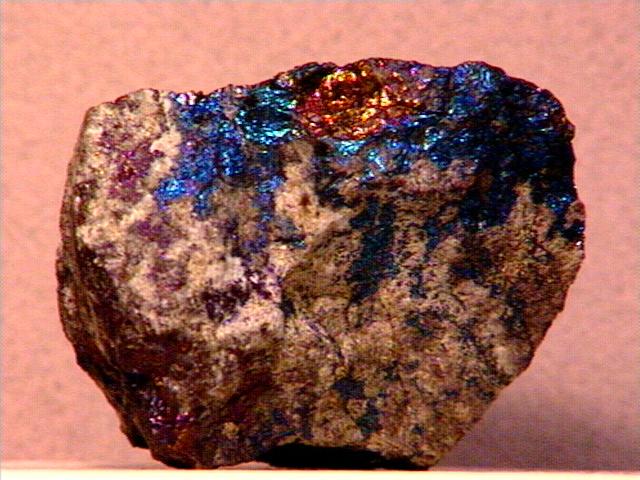


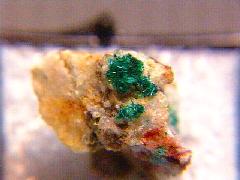
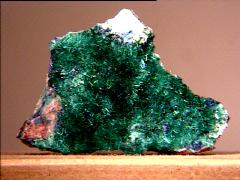






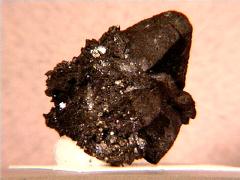
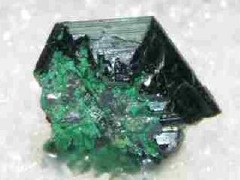
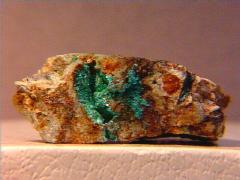

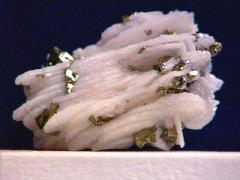
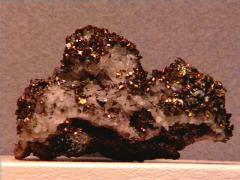

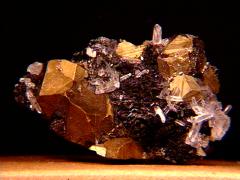
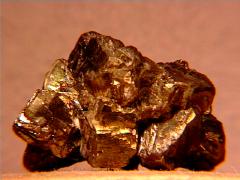




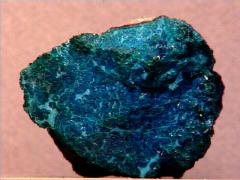
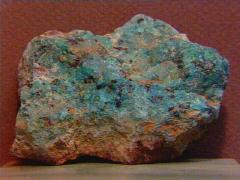


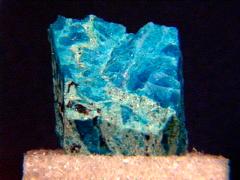
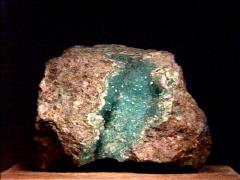
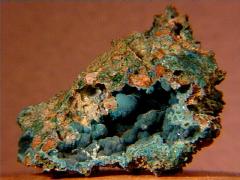
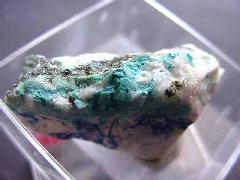
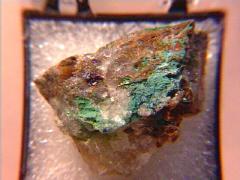

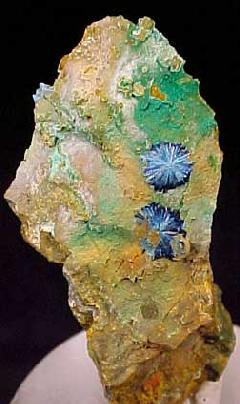
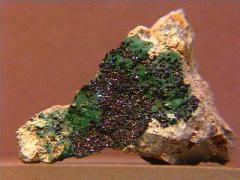

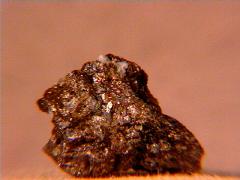
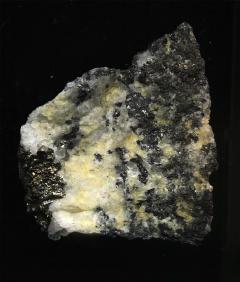



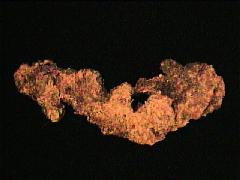


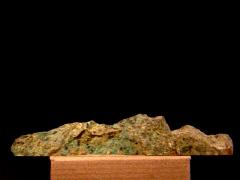



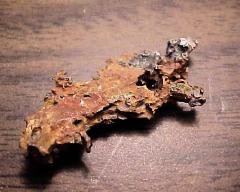
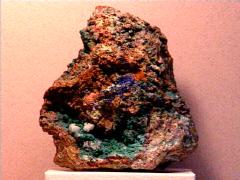


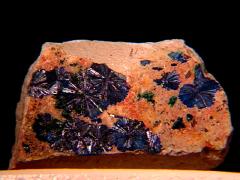
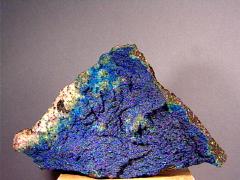

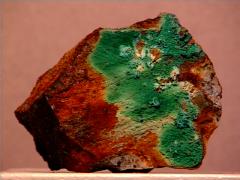


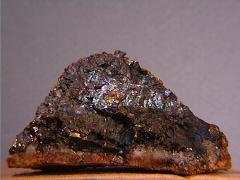
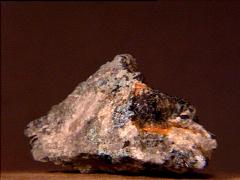


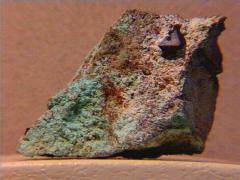


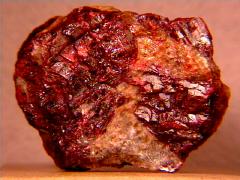
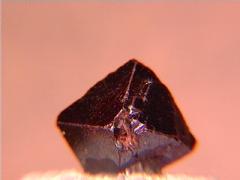

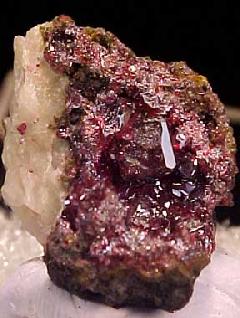


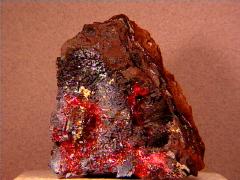


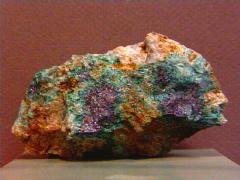

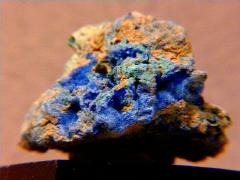

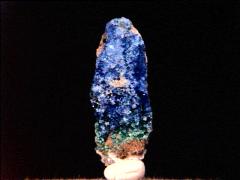




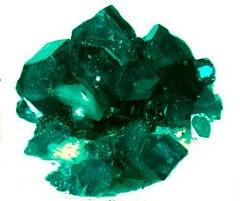



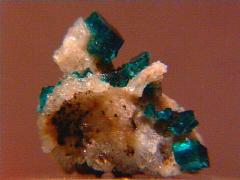








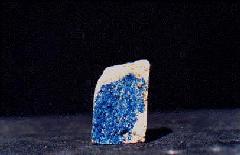


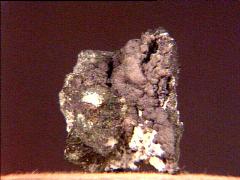
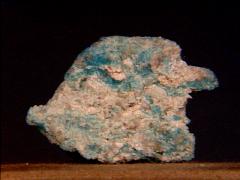
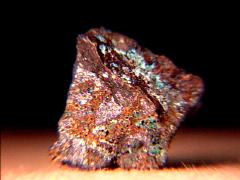





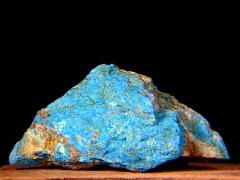

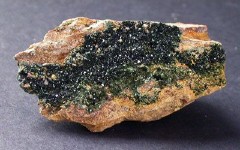


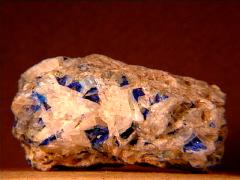
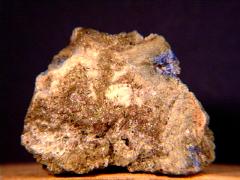


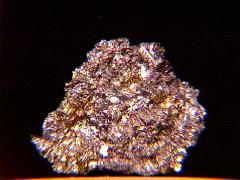
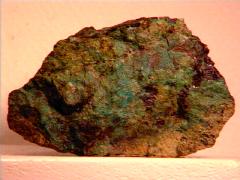
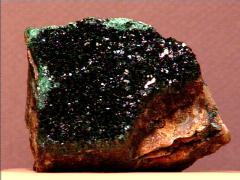
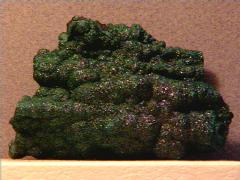




No comments:
Post a Comment